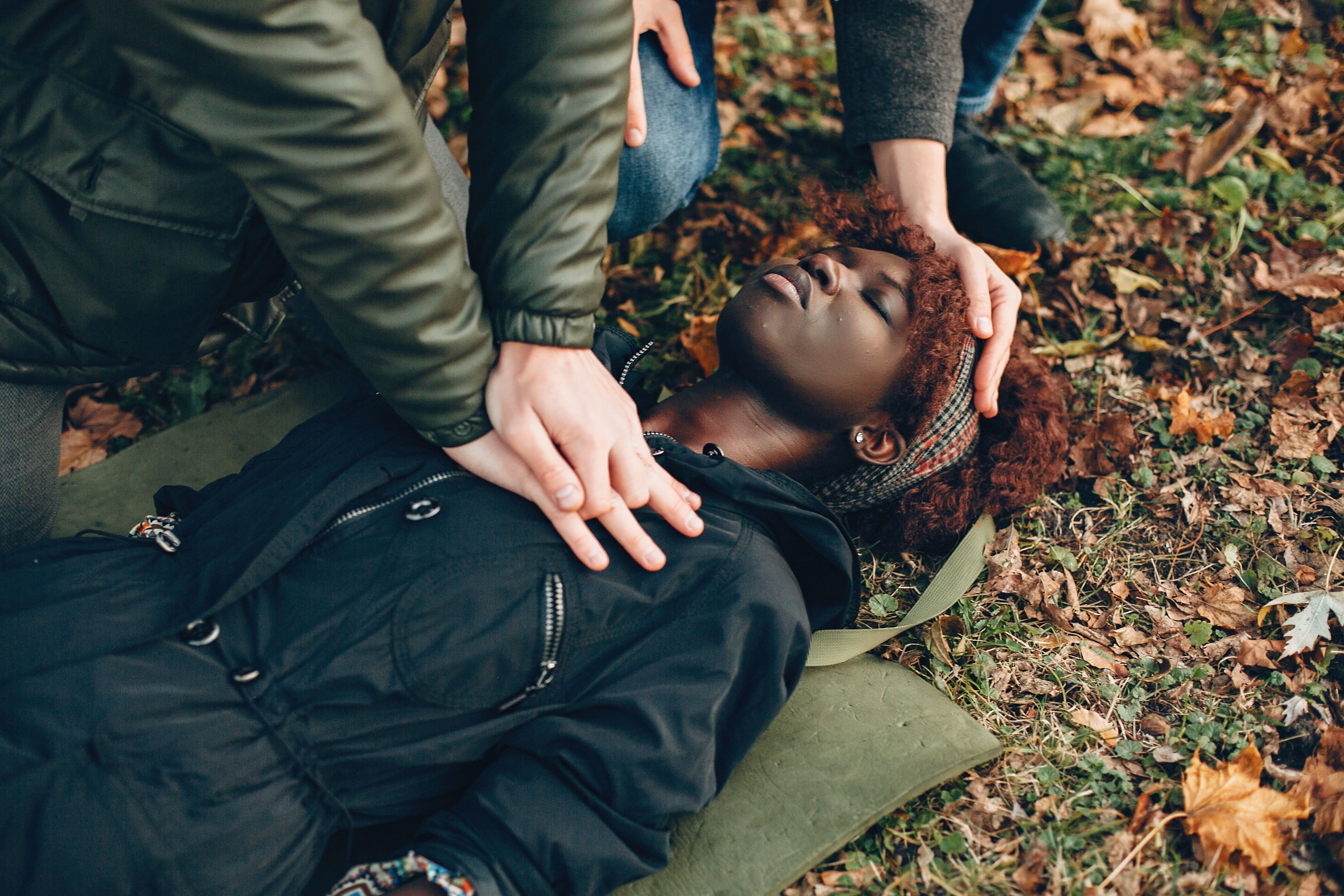
Imagine a family member, friend, neighbor, or stranger collapses from sudden cardiac arrest – right in front of you. Their heart has stopped, and without immediate CPR they will likely die. You call 911, but emergency responders are several minutes away – at best.
Are you ready and willing to become a lifeline and deliver CPR?
Bystander CPR – a term used to describe CPR delivered by a person who’s not a healthcare professional – is part of the out-of-hospital cardiac arrest chain of survival. It can double or triple a victim’s survival chances.
Still, only 35-40% of cardiac arrest victims receive bystander CPR. What’s more, a survey showed that four of every 10 Americans say they wouldn’t initiate CPR, despite believing it’s effective in improving someone’s chances of surviving cardiac arrest.
Their reasons vary. Some say they don’t know how to respond, while others fear harming the victim and facing legal trouble. Others expect someone else to act.
Here’s what you need to know to be ready – and willing – to act.
Bystander CPR provides the best chance of survival
During sudden cardiac arrest, the heart stops pumping blood, causing the victim to lose consciousness almost immediately. There’s no breathing or pulse. The victim is technically dead, but not necessarily permanently.
That’s where CPR – often delivered by a bystander – comes in.
Prompt delivery of CPR is critical for a cardiac arrest victim because their brain isn’t receiving oxygen; brain cells begin to die within a few minutes. The longer the brain goes without oxygen, the greater the damage and the less likely the victim will survive. Chest compressions delivered during CPR help to keep oxygenated blood circulating to the brain and other organs.
Quick action is key. If CPR isn’t started while emergency help is on the way, it’s less likely the victim can be saved when it arrives on the scene. If you don’t know how to provide CPR, the 911 dispatcher can walk you through the steps.
Bystander CPR is safe –
Perhaps you worry bystander CPR is too difficult or you’ll freeze when someone’s life rests in your hands. Maybe you’re worried you’ll harm the person and get into trouble.
If so, know this:
1. Training can help you feel ready and confident
Bystander CPR has been simplified in recent years so that more people are willing to participate. The American Heart Association supports the hands-only approach for bystander CPR performed on adults because it’s shown to be highly effective. Full CPR, which includes airway and rescue breathing (mouth-to-mouth), can be learned later if you’re interested.
2. Don’t worry that you might hurt the person
A person who’s in cardiac arrest has died. You’re their best – and often only – chance of survival. The worst thing you can do is – nothing.
3. You won’t get in trouble
Good Samaritan laws protect you from liability when you try in good faith to help another person in an emergency.
Bystander CPR training is all around you
You don’t need to look far for training and certification opportunities. Training is often available both in person and online.
Keeping your skills sharp is key. The American Heart Association recommends recertification every two years. You can recertify more frequently, such as annually.
With some knowledge, training, and practice, you’ll be ready to jump in with confidence and help someone in need.
At Starting Hearts, we can provide you with specific training for making a life-saving difference.
Contact us for more information: info@startinghearts.org
Patrick Golden is a healthcare writer based in Massachusetts
